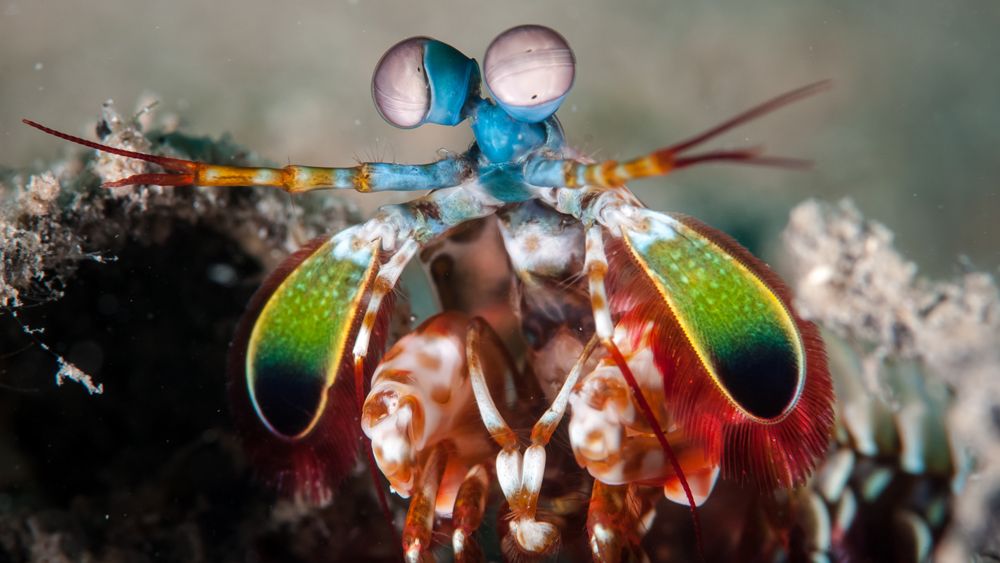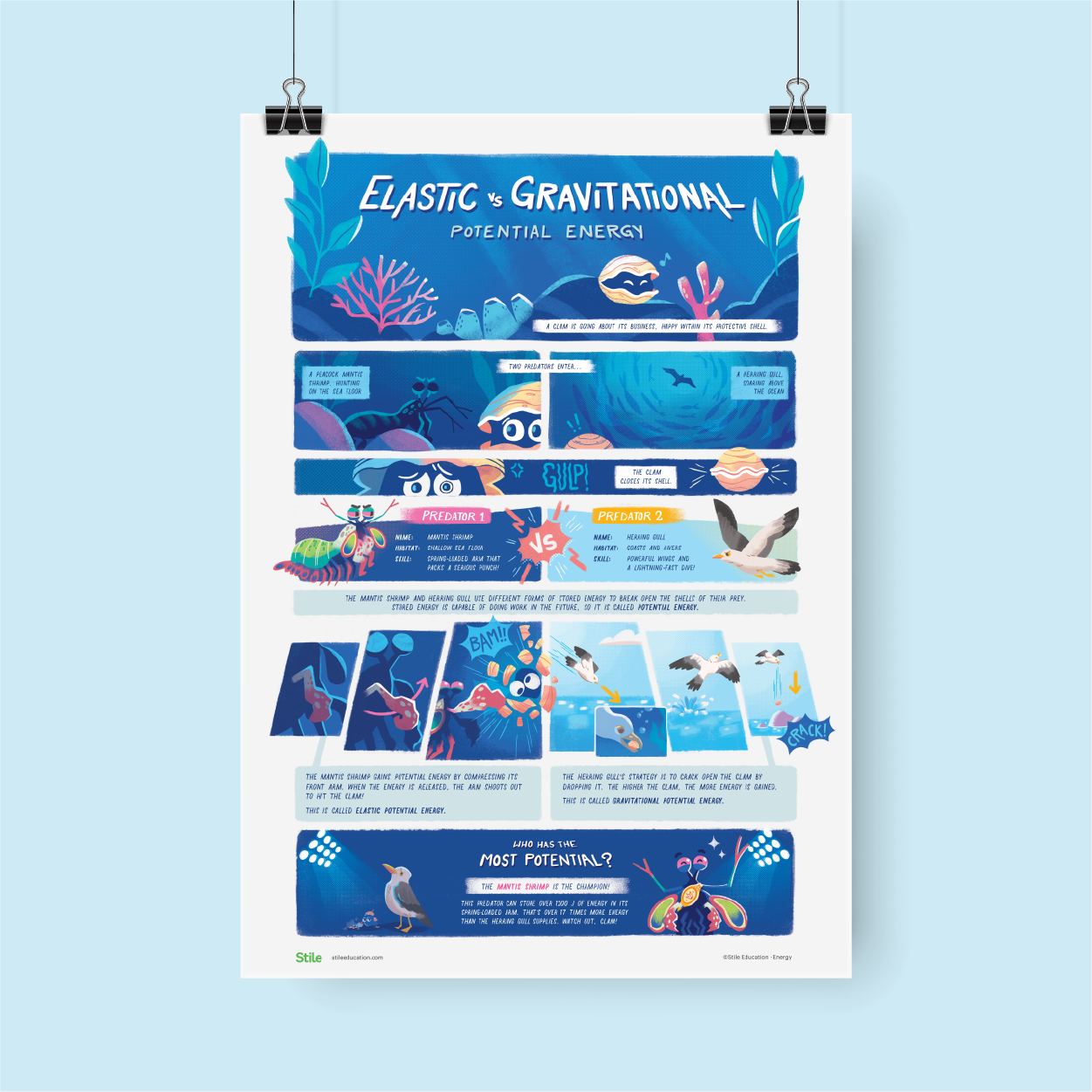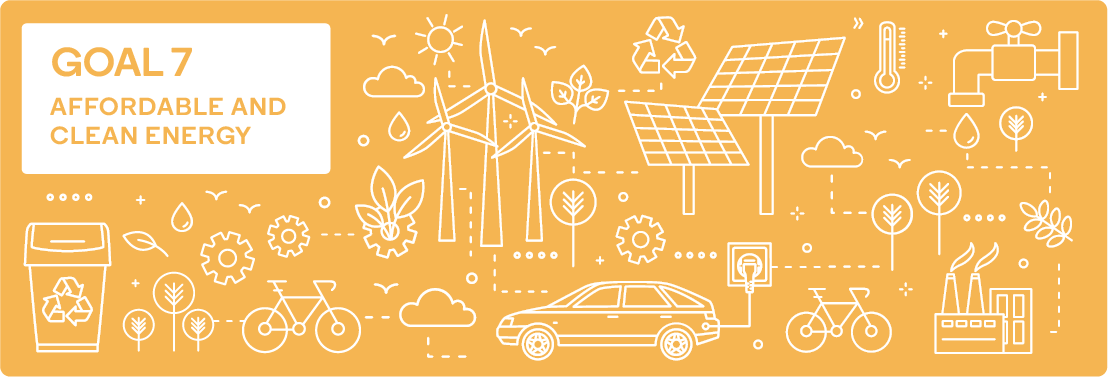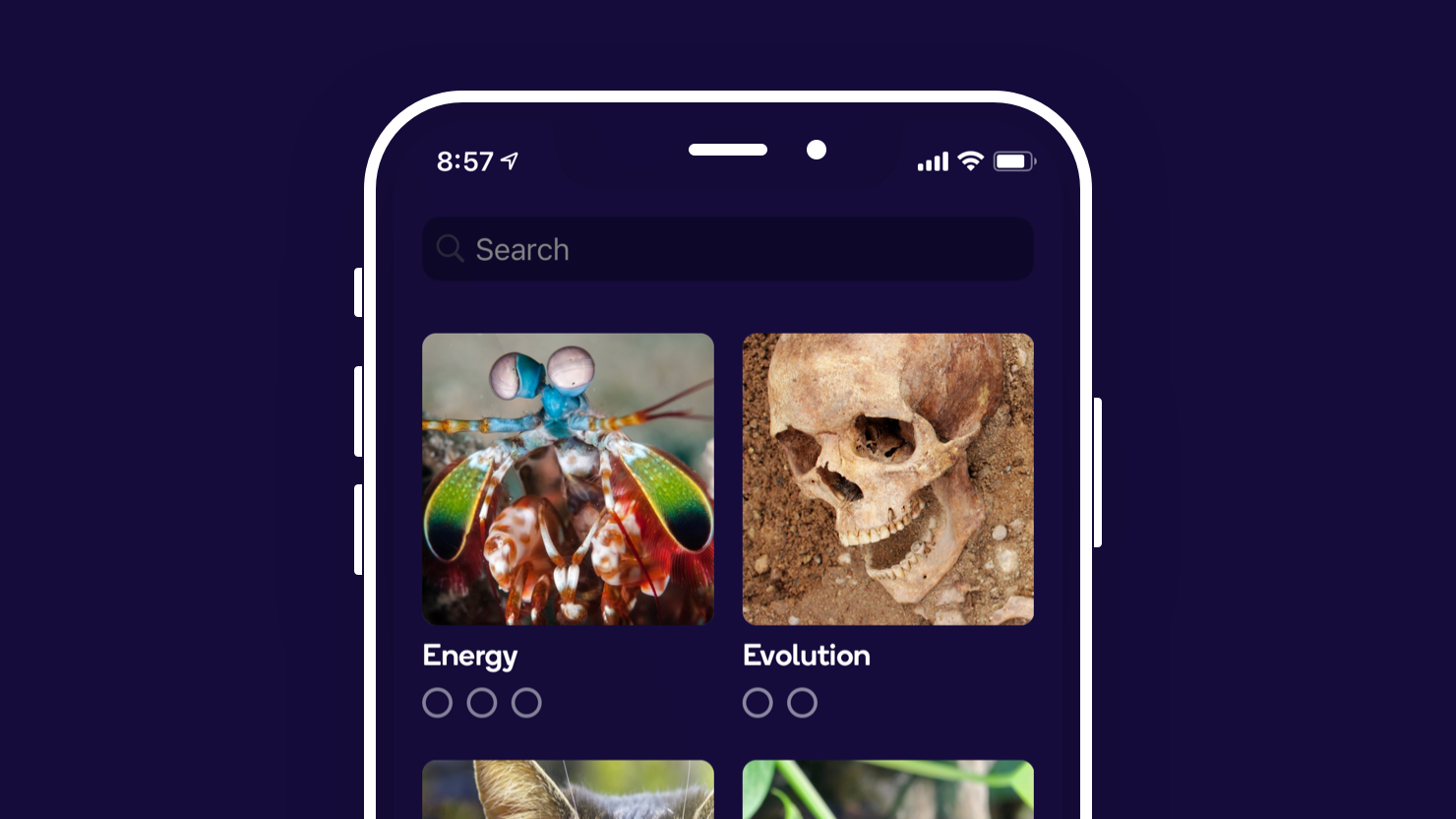New unit: Energy
A unit that is sure to energise your students!

As climate change continues to cause long-lasting damage to our environment, scientists are looking for solutions. Renewable energy technologies are cleaner and more sustainable ways of powering our homes. But these technologies are far from perfect! Engineers are looking to nature to improve the designs of these technologies by making them more energy efficient.
To get students thinking about creative solutions to these complex problems, the Content Team have released Energy: A powerful biology-inspired physics unit. View the unit here!
This unit is a complete update of the Energy Transformation unit. It covers types of energy, energy transfers and energy transformations, and then challenges students by exploring phenomena-based learning and discovering how biomimicry can help improve sustainable energy technologies. This context features throughout the unit and continually refers back to an essential question: “How can we learn from the natural world to design more sustainable energy technology?”
This unit covers individual lessons on kinetic and potential energy. It expands our wonderful collection of hands-on practical activities, investigations and engineering challenges by providing new ways of exploring energy.
Unit structure
How do we recommend you teach with this unit?
We've designed this unit after talking with a number of teachers. It can take six to eight weeks to teach the unit and includes a number of different learning experiences: practical activities, investigations, a career profile, an engineering challenge, simulations and explicit teaching lessons.
To assist you in working out how to fit this Energy unit into your planning, we've mapped it out over six weeks. View the plan here.
Stile is best used as a blended learning tool. When combined with our powerful platform our units give you the information you need as you’re teaching. The rich context of biomimicry provides an opportunity to bridge the gap between biology and physics to create an integrated STEM unit. All features and lessons have been anchored by high impact teaching strategies so that you can easily use Stile to promote student outcomes.
As a suggestion, you could start a lesson explicitly teaching, introducing students to the core concepts and the ideas that will be introduced. You are able to release the lesson to students in this mode. Once the lesson is released, students work their way through a number of questions. In a true blended learning environment, you can interact with the text, questions, videos and activities and students can vote on polls, participate in class discussions and contribute their answers to questions. Student work is visible to you in real time: at a glance you can see how many students have answered each question, view student responses and gain real-time analytics. This means you can easily gauge student understanding and unveil misconceptions in class, then use this information to formulate your next teaching steps.
Unit highlights
Introduction: Nature's energy engineers

Students are hooked into the lesson with the real-world context of slowing down climate change by making energy sustainable. This introduction lesson uses live brainstorming to prompt class discussion as students list ways to fight climate change.
Career profile and activity: Bioengineer
Students meet their guide for the unit – Professor John Dabiri, a bioengineer who has improved wind turbines’ energy efficiency. They learn more about his journey of becoming a bioengineer through our career profile lesson where students learn about the wonderful. They are then guided through several creative and design-based tasks that provide engagement and scaffolding for the engineering challenge.
What do you already know?

Formative assessment opportunities are provided throughout. There’s a ‘What do you already know’ quiz and an inquiry way of learning is promoted by questioning through practical activities, like our energy mystery box, prior to explicit teaching. This cognitive dissonance has been strategically placed to promote curiosity in science and the world around them.
Chapter 1: Types of energy
The first chapter of this unit introduces students to types of energy, through this students explore how solar panels can be improved by observing sunflowers. A See, Think, Wonder Visible Thinking routine is included after a short time-lapse video of sunflowers tracking the sun.
Chapter 2: Kinetic and potential energy
Chapter two delves into kinetic and potential energy by initially modelling changes in the speed and mass of asteroids using marbles. Students then use an in-house simulation and the scientific method to explore the relationship between mass, speed and kinetic energy.
A poster has been created that illustrates how two predators use different forms of potential energy to break open a clam shell. Potential energy is further examined through an in-house video with our very own Stile Scientist, Marie Kinsey.

Chapter 3: Transfer and transformation of energy
The third chapter looks at the transfer and transformation of energy through real-world examples of energy changes at hydropower plants. Students then learn to model energy changes using simple flow diagrams and build their literacy skills in this lesson by breaking down the meanings of the words “transfer” and “transformation”.
Engineering challenge: Biomimicry design

The unit culminates with an engineering challenge around biomimicry design where students are introduced to the United Nations Sustainability Goals and are asked to put on their engineer’s caps in the final design challenge to improve renewable energy technology using a biomimicry design.
Energy is now on Stile Quiz!

We've also created an accompany Stile Quiz covering the core terminology in our new Energy unit!
In case you haven't heard of Stile Quiz, it’s our app that promotes mastery through multiple exposures and complements Stile in the classroom. It’s the perfect way for students to quickly learn and consolidate new scientific terminology whenever they have a few minutes to spare.
Download Stile Quiz here!
We hope this unit gives you a lot of energy in the classroom!

